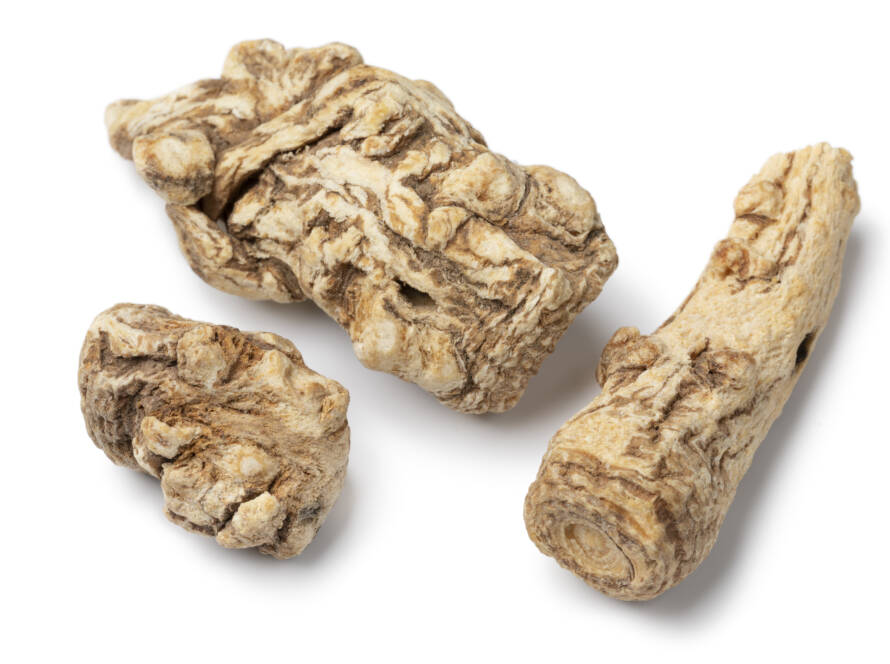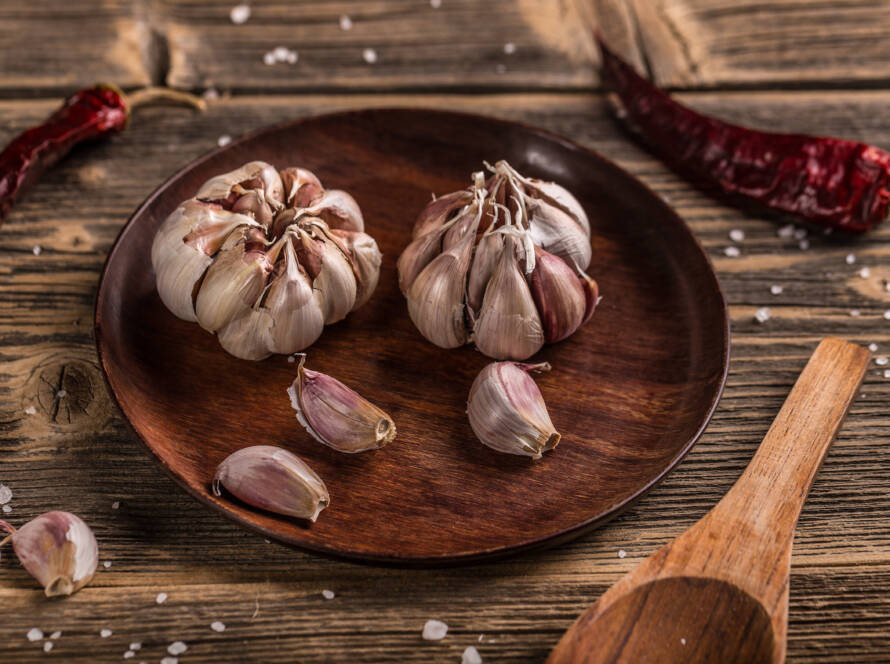Blessed Thistle
Introduction
This fact sheet provides essential information about blessed thistle, a thistle-like plant in the Asteraceae family, native to the Mediterranean region, from Portugal to southern France and east to Iran. It is important to note that blessed thistle should not be confused with milk thistle (Silybum marianus) or other thistle family members.
Common Names
- Blessed Thistle
- Holy Thistle
- Holy Ghost Herb
- Bitter Thistle
- Carbenia Benedicta
- Cardo Santo
- Spotted Thistle
- St. Benedict’s Thistle
- Chardon Benit
Latin Name
- Cnicus benedictus
Uses
- Traditionally used to treat upset stomach with gas and lack of appetite.
- Applied topically for treating infected wounds or ulcers.
Administration
Blessed thistle leaves, stems, and flowers are commonly used in “bitter” tonic drinks and other preparations taken orally to enhance appetite and digestion.
Scientific Evidence
- Bacterial Infections: Laboratory studies indicate that blessed thistle and its compounds (such as cnicin and polyacetylene) exhibit activity against certain bacteria, but reliable human studies are lacking. More research is needed to draw firm conclusions.
- Indigestion and Flatulence: Traditionally believed to stimulate stomach acid secretion, blessed thistle has been used for indigestion and gas, but scientific studies are limited. Further research is necessary.
- Viral Infections: Laboratory studies show no activity against herpes viruses, influenza, or poliovirus. The effects of blessed thistle on HIV are unclear, and human research is lacking.
- While laboratory studies suggest potential benefits against infections, cancer, and inflammation, high-quality trials demonstrating benefits in humans are still needed.
Side Effects and Cautions
- Blessed thistle is generally considered safe when used at recommended doses for short durations. Some individuals may experience stomach discomfort, including vomiting.
- Other potential side effects include skin rash or eye irritation, which may be due to allergies to blessed thistle.
Sources
- Bradley PR (ed). British Herbal Compendium, vol 1. Bournemouth, Dorset, UK: British Herbal Medicine Association, 1992, 126-127.
- Foster S. 101 Medicinal Herbs. Loveland, CO: Interweave Press, 1998, 32-33.
- Lust JB. The Herb Book. New York: Bantam Books, 1974, 343.
- National Center for Complementary and Alternative Medicine (NCCAM): A division of the U.S. Department of Health & Human Services dedicated to research.
- Natural Standard: An organization producing scientifically based reviews of complementary and alternative medicine (CAM) topics.
 Right Health Website (Accessed on February 6, 2009).
Right Health Website (Accessed on February 6, 2009). Wikipedia (Accessed on February 6, 2009).
Wikipedia (Accessed on February 6, 2009).


